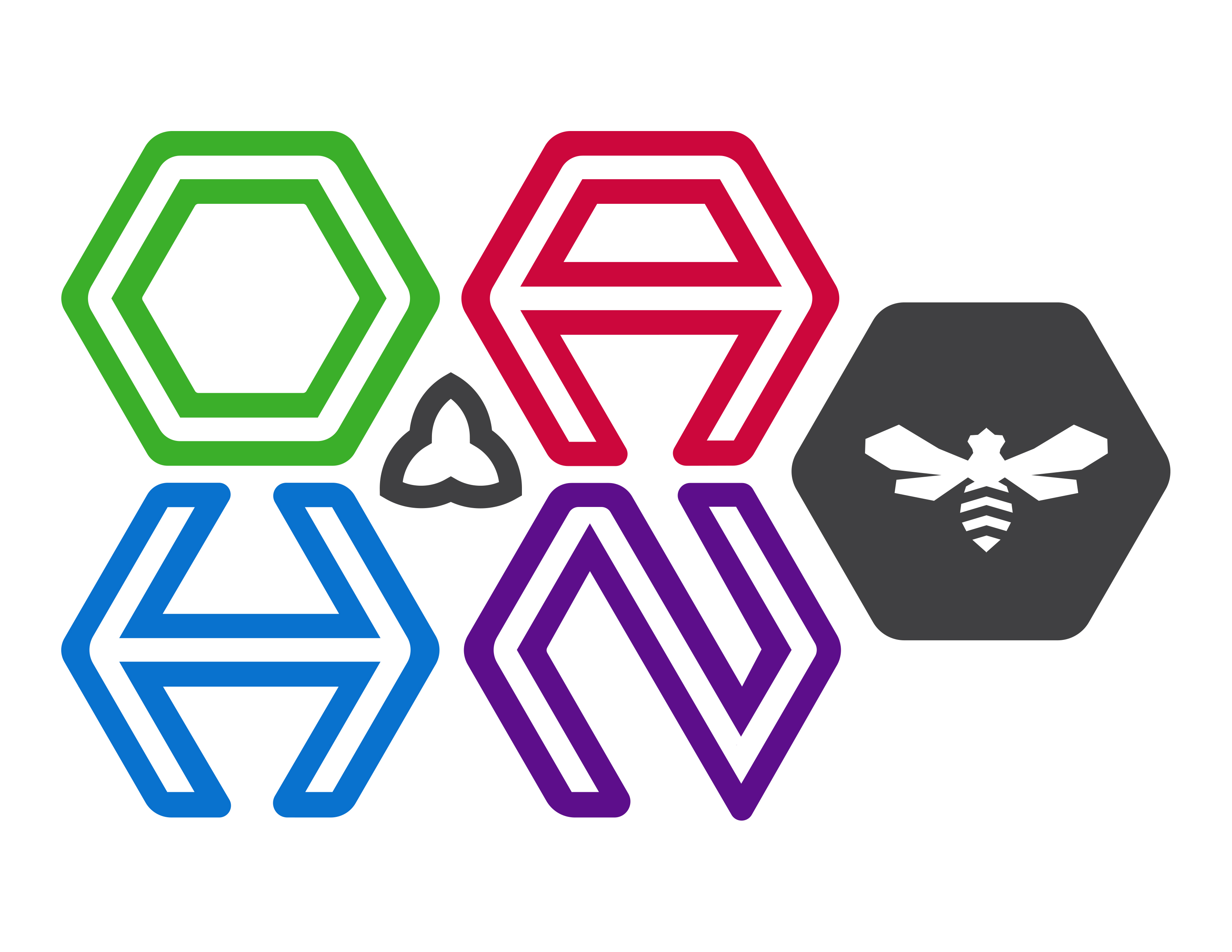OAHN Bee Network Project: Refining the standard bioassay method for detecting resistance in populations of Varroa mites by acute toxicity

Project Lead: Nuria Morfin
Collaborators: Paul Kozak, Colette Mesher, Paul Innes, Jim Coneybeare, Kelsey Duscharm, Ernesto Guzman-Novoa
To view the full report, please download the PDF here: https://www.oahn.ca/wp-content/uploads/2022/02/Final-report-21-10-13b.pdf
The ectoparasitic mite Varroa destructor is the main cause of honey bee colony mortality in Ontario. Beekeepers rely on informed decisions to plan their Integrated Pest Management strategies, including information on the development of resistance to synthetic acaricides by the mites. In Ontario, beekeepers have access to the commercial formulations of tau-fluvalinate, flumethrin, and amitraz. Previous reports of acaricide resistance in North America urge to adapt methods to assess for mite resistance practically and effectively. The aim of this study was to assess a modified version of the glass vial residual bioassay to determine the lethal concentrations (LCs) of tau-fluvalinate, flumethrin, and amitraz by exposing V. destructor mites to 0, 0.3, 0.5, 1 and 5 µg of each chemical. Significant differences between the control and the treatments were observed, and the highest mortality was noted in mites exposed to Amitraz. LC50, LC90 and LC95 (LCs) were calculated using a probit test for the three acaricides. The protocol could be used to determine LCs and discriminating concentrations (DCc) in susceptible mite populations to later determine acaricide resistance under laboratory conditions.

